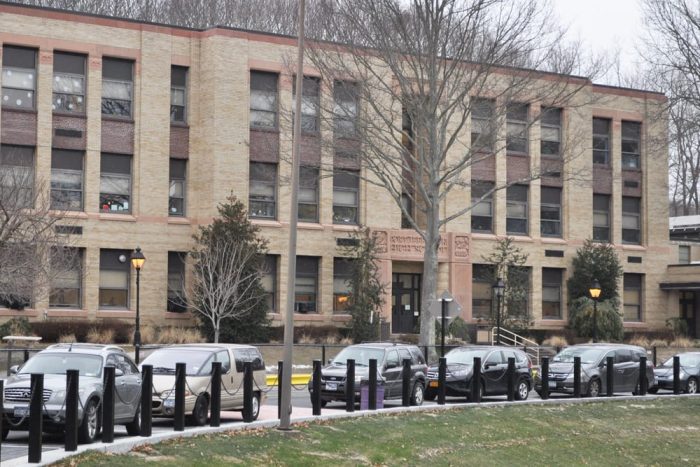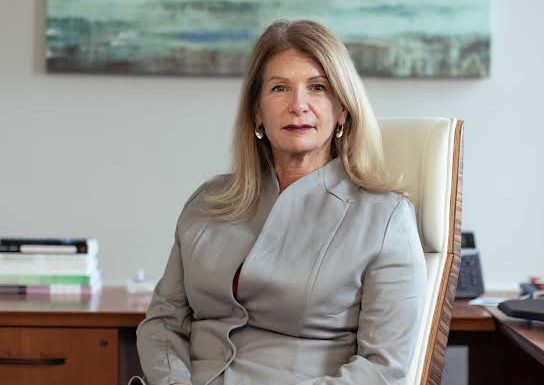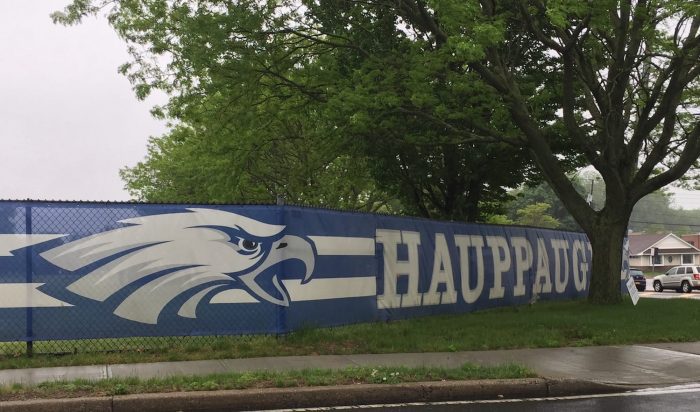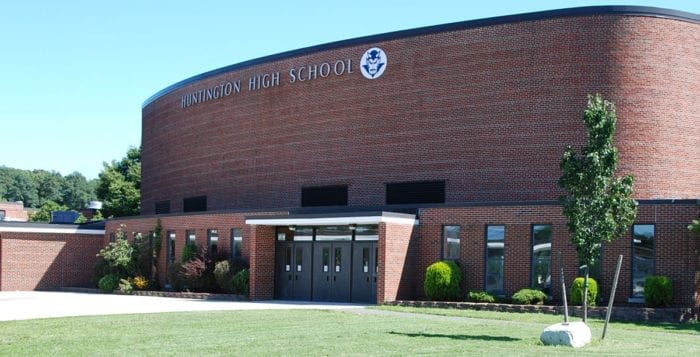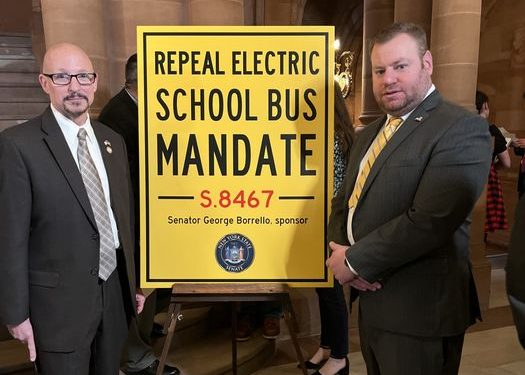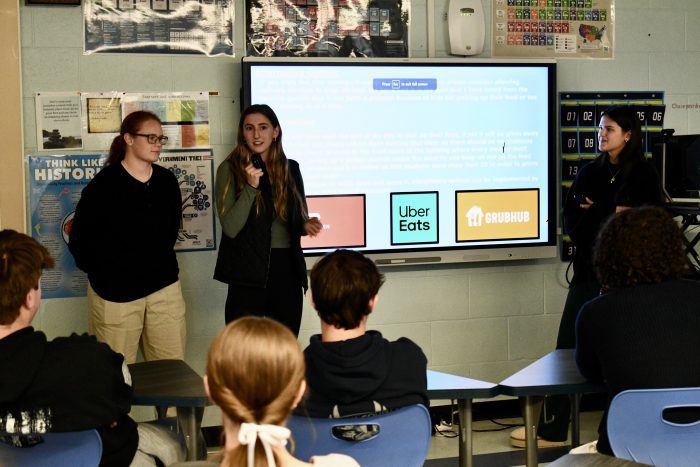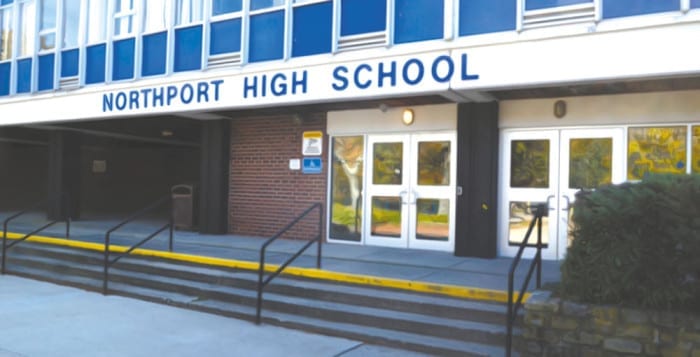By Phil Griffith
Some residents advocate defunding and closing the Port Jefferson School District. They promise an illusionary tax reduction. I believe the schools and students are our village’s greatest assets. Since the first school opened in 1820, Port Jefferson residents have enthusiastically supported educating our children. It’s time to rebuke those who would abandon that tradition.
The human cost of closing the schools would be devastating. Students would be transferred to presently unknown school districts. All employees would lose their jobs, salaries, contractual rights and benefits. Local control by our elected school board would be lost. Residents will not be permitted to vote on school budgets or elect board of education members. Parents and students lose proximity to schools. Businesses will discover lower takings because students, parents and special events attendees will shop elsewhere. We’ll no longer be able to brag about the super schools in our village. No longer will prospective home buyers choose Port Jefferson because of the prestigious reputation of our education system. How will that affect home prices?
Is our Port Jefferson School District superior? Class size is 10 students to one teacher, one of the smallest anywhere. Our special education program is one of the finest. According to U.S. News & World Report, Earl L. Vandermeulen High School ranks No. 99 within New York state and No. 903 out of 17,680 United States schools. Of the 72 school districts in Suffolk County, Port Jefferson ranks No. 7. The music program is nationally recognized. Special classes like Latin are offered. Due to the low number of students, participation in varsity sports is high. Students are 100% immunized — 48% female, 52% male — and come from Belle Terre and Port Jefferson villages.
Niche.com ranks Port Jefferson School District No. 44 of 687 as best places to teach and No. 71 out of 681 as best teachers in New York. Of teachers in Port Jefferson district, 100% are professionally certified and have at least three years’ experience. The high school was awarded a United States Blue Ribbon medal for excellence in 2017. The district has a 0% dropout rate and a 98% graduation rate in four years. Do we want to abandon such an excellent academic institution?
After the school district is gone, how will real estate values be affected? There is a direct correlation between the school budget, higher income, better schools and real estate prices. The National Association of Realtors found 26% of homebuyers consider the quality of the schools to be very important. A good school system raises the value of all homes. According to NewHomeSource, house prices in a top-rated school district are 49% higher than the national median average. A Brookings Institution study demonstrated homes in prestigious school districts are $205,000 more valuable than in low-performing ones. The National Bureau of Economic Research found every $1 of school spending returned $20 on home value. The New York Times cited that every increase of five points on standardized test scores raises home prices by 2.5%.
What happens to the 204 years of schools in Port Jefferson? Formal education in Port Jefferson began in 1820 when James Monroe was U.S. president. There are traditions unique to the Port Jefferson School District. In 1926, The Purple Parrot newspaper was begun and followed by “Crystal” yearbook in 1927. The daisy chain and Halloween parade continue. We gather in Harborfront Park for eighth grade dance and junior prom pictures and frivolity. The senior prom is preceded by a red-carpet entrance into the community-decorated high school. Our Wall of Fame honors alums. The elementary school pool provides life-saving lessons. We welcome back our former students with a homecoming parade down Main Street, football game and class year anniversary dinner. Who will wear the purple and white school colors in the Royals tradition? Where will all of the championship trophies, plaques and banners go?
Will the accepting school district(s) match the Port Jefferson schools excellent academics, special education, select courses, athletic participation, neighborhood proximity, traditions, close social relationships and unique quality? Let us unite students, parents, teachers, administrators, school board members, civil service employees and residents to “Save Our Schools.”

